Hydrangeas, known for their lush clusters of blossoms, are beloved for their striking beauty and vibrant colors. However, behind these charming petals lies a fascinating history and symbolism that many are unaware of. Let’s explore the secrets and origins of these captivating flowers.
The Origins of Hydrangeas
Hydrangeas have a rich history that spans across continents. The species most commonly found in gardens today are native to Asia, particularly Japan, China, and Korea. They were first cultivated in Japan over 400 years ago, where they have long held cultural significance. In the 18th century, European explorers brought hydrangeas to the West, where they quickly became a staple in gardens for their elegance and variety.

The Secret of Color-Changing Blooms
One of the most intriguing aspects of hydrangeas is their ability to change colors. Unlike most flowers, which have a fixed hue, hydrangeas can shift from blue to pink or even purple depending on the soil’s pH level. Acidic soil with a lower pH tends to produce blue flowers, while alkaline soil with a higher pH results in pink blooms. This unique trait adds a layer of mystery to the plant, making it a favorite among gardeners and enthusiasts.
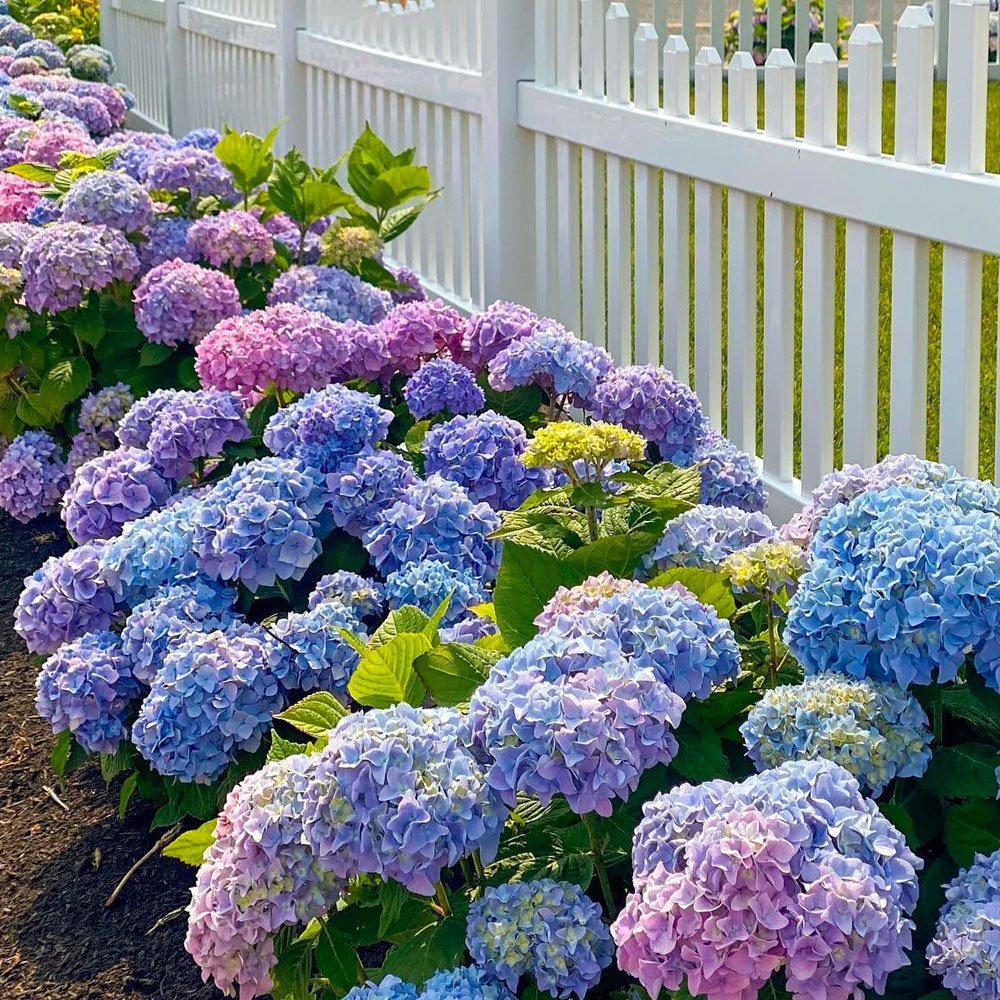


Symbolism and Cultural Significance
Hydrangeas carry a range of meanings across different cultures. In Japan, they are associated with heartfelt emotions and gratitude. The flower is often given as a sign of apology or appreciation. In contrast, in some European traditions, hydrangeas have been linked to boastfulness and vanity, as their abundant blooms were once considered excessive. However, in the language of flowers (floriography), they can also represent sincere emotions, making them a complex symbol of both pride and humility.

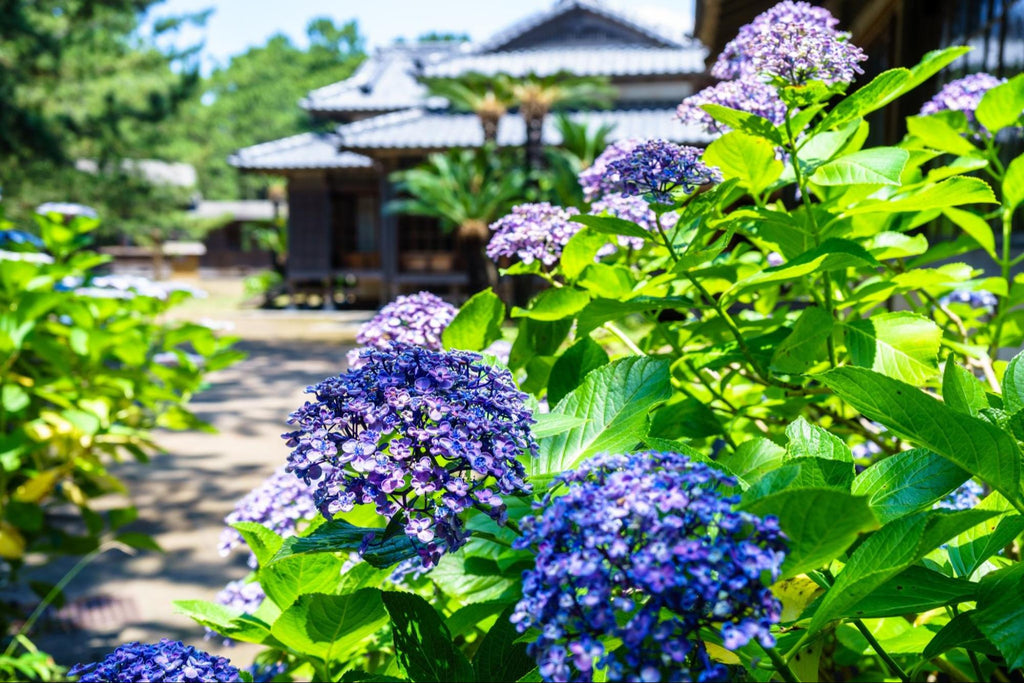
Hidden Meanings in Floral Arrangements
The way hydrangeas are arranged can also carry symbolic significance. For example, a bouquet with primarily blue hydrangeas suggests serenity and understanding, while pink hydrangeas convey heartfelt emotion or romantic love. White hydrangeas are often used to express purity and grace, adding depth to floral messages.
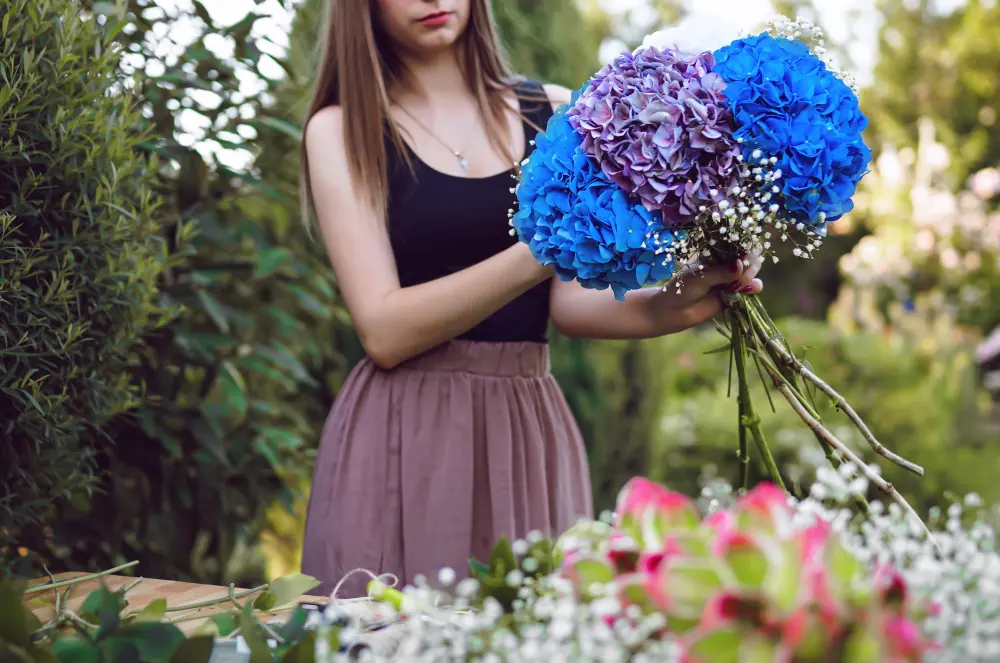
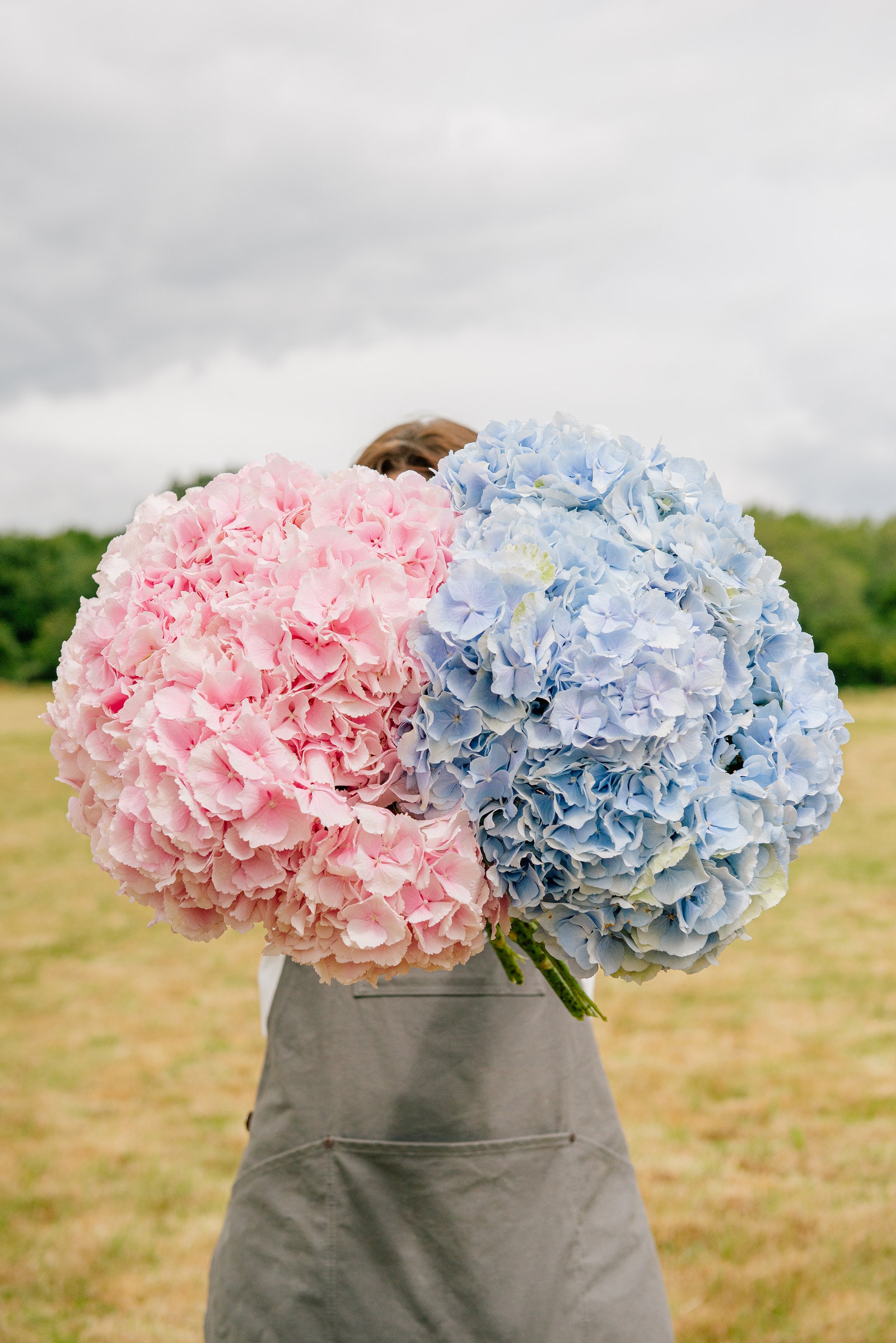

The Resilience and Care of Hydrangeas
Despite their delicate appearance, hydrangeas are remarkably resilient. They thrive in both sun and shade, and with proper care, they can bloom profusely year after year. Their ability to adapt to different environments has contributed to their widespread popularity. However, they do require consistent moisture, as their name “Hydrangea” is derived from the Greek words “hydor” meaning water and “angeion” meaning vessel.
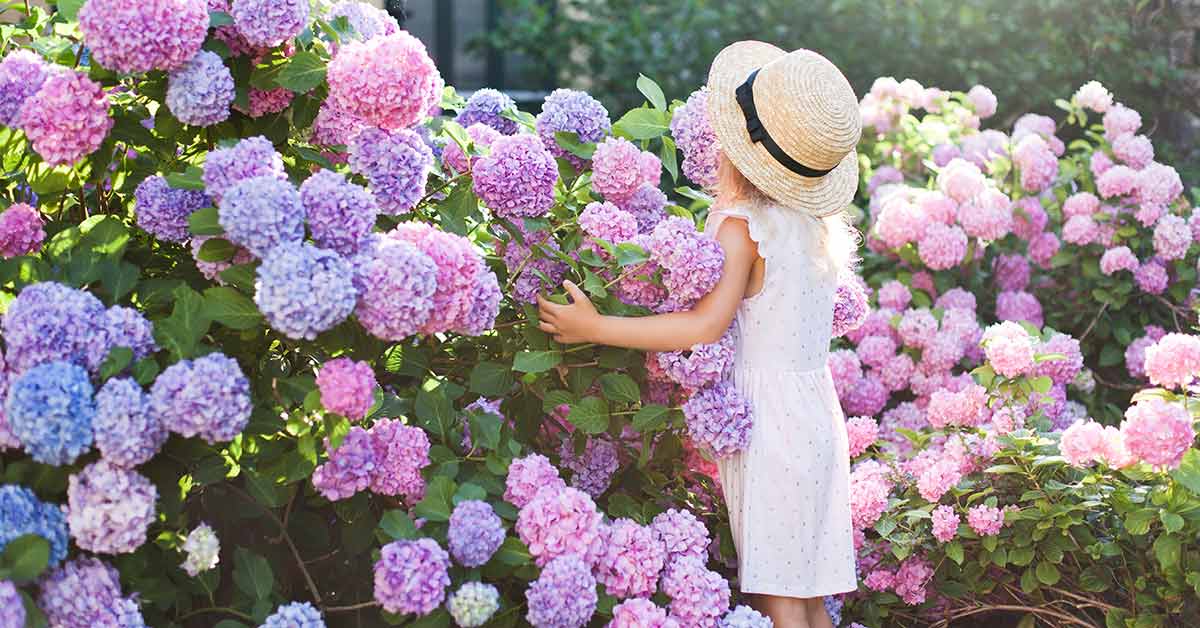
Conclusion
The hydrangea is more than just a beautiful flower; it is a symbol of change, emotion, and resilience. Its fascinating origins and ability to adapt make it a timeless favorite in gardens around the world. Whether you admire them for their vibrant colors or the hidden meanings they carry, hydrangeas remain a plant full of secrets waiting to be discovered.
